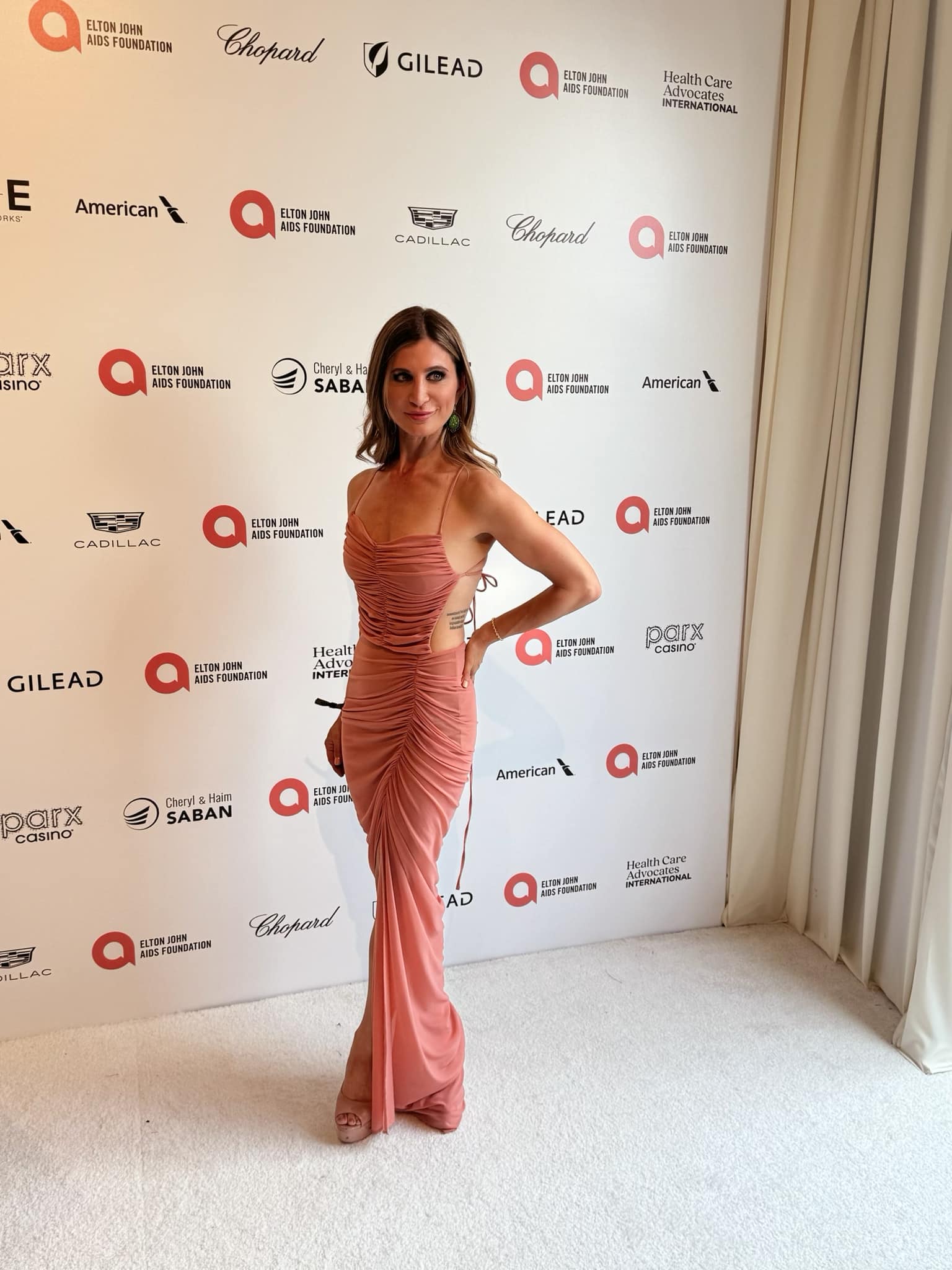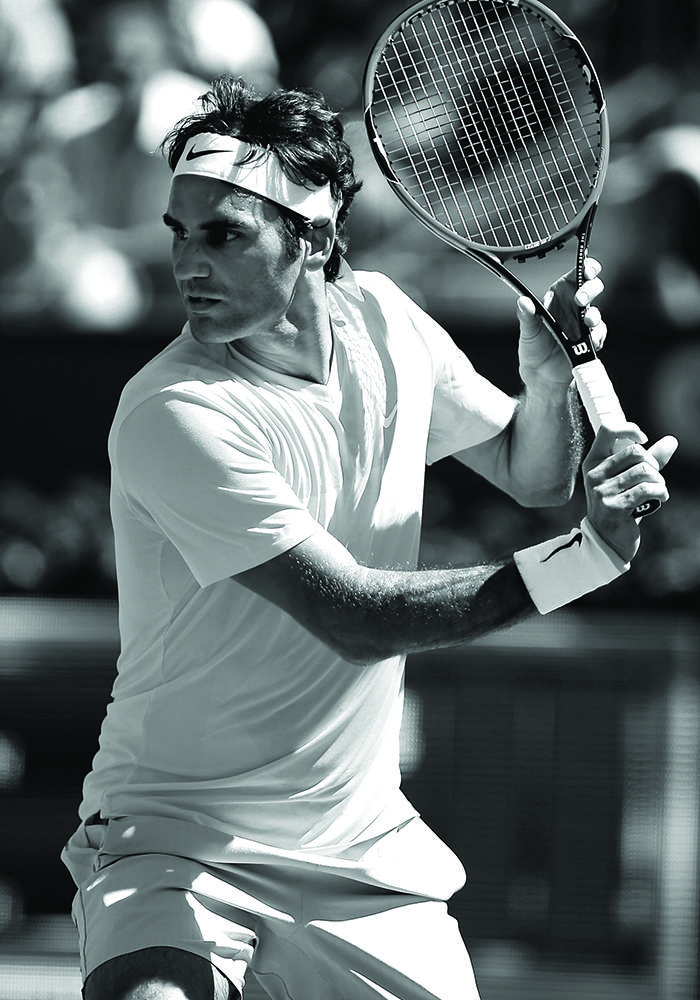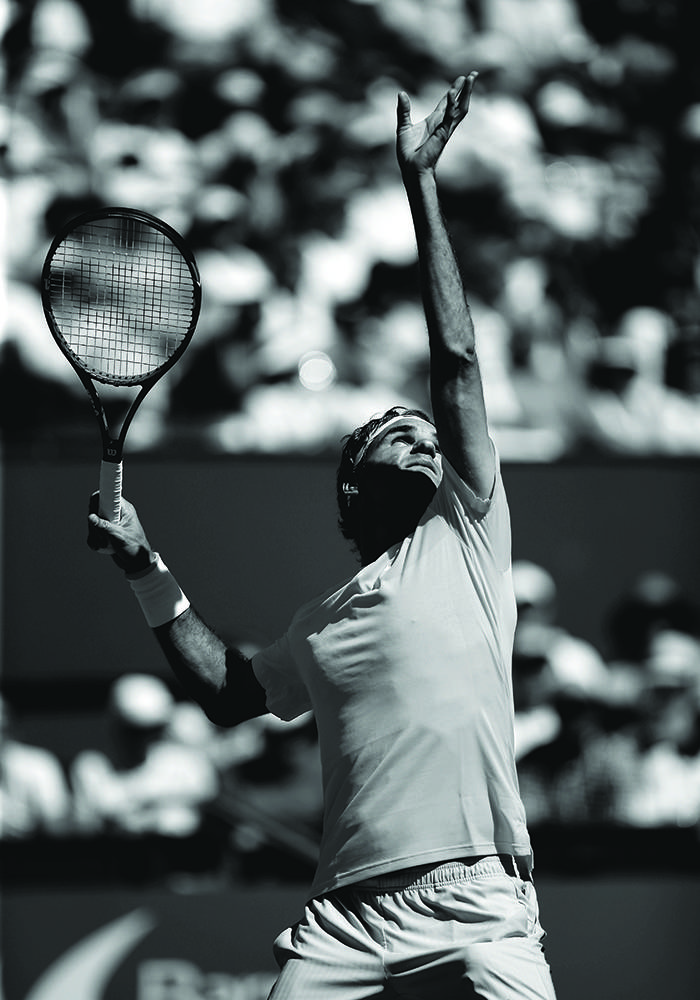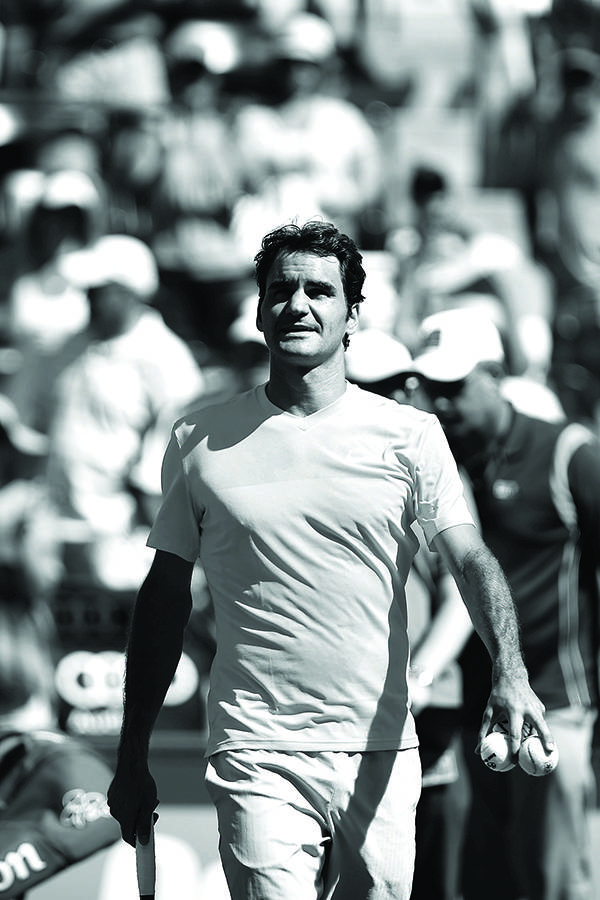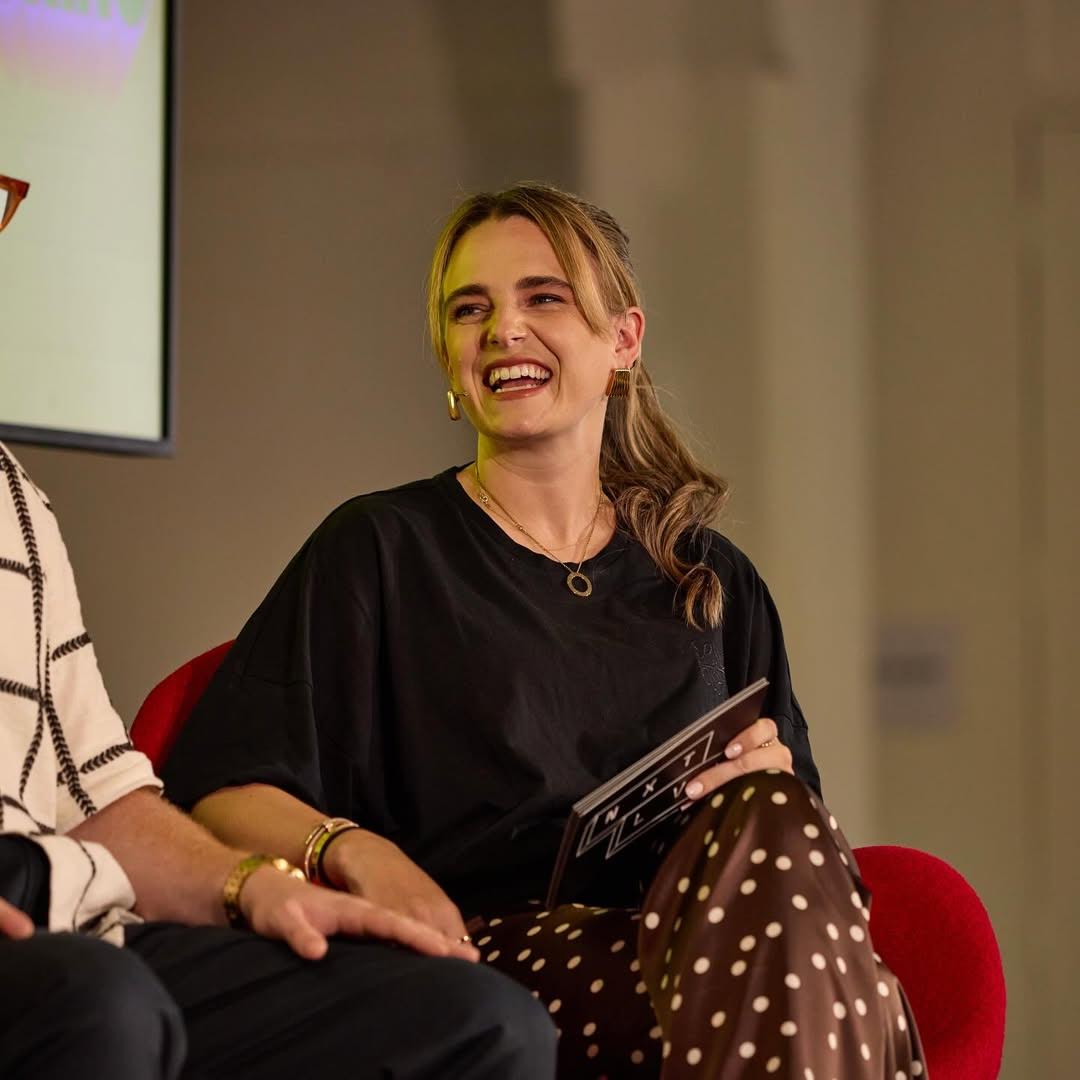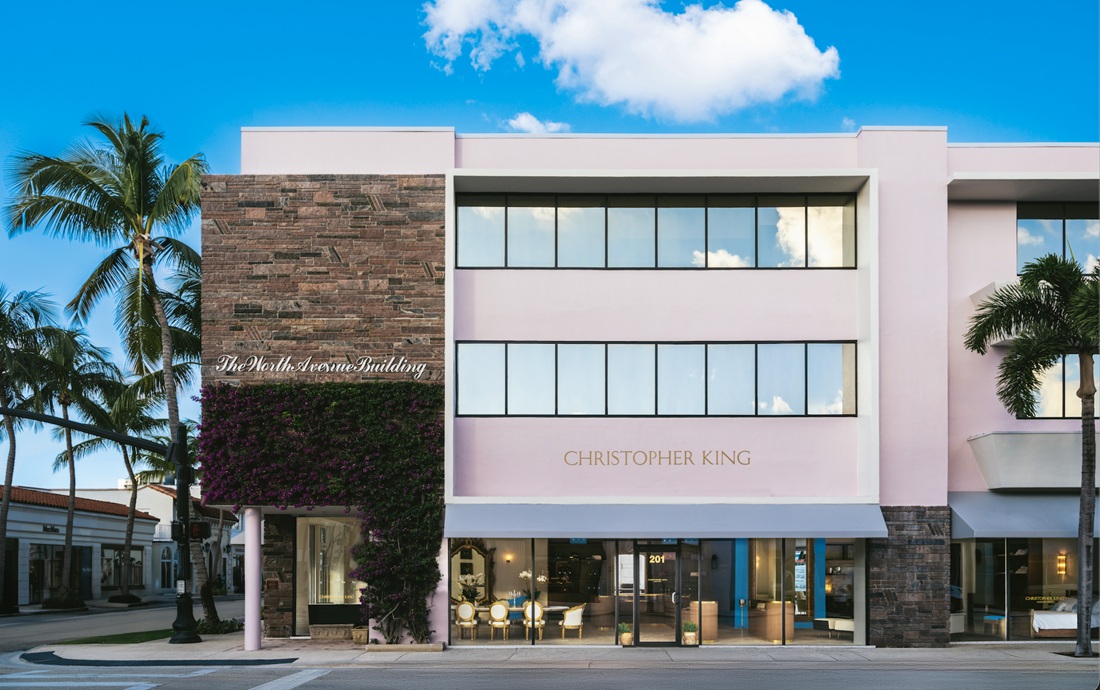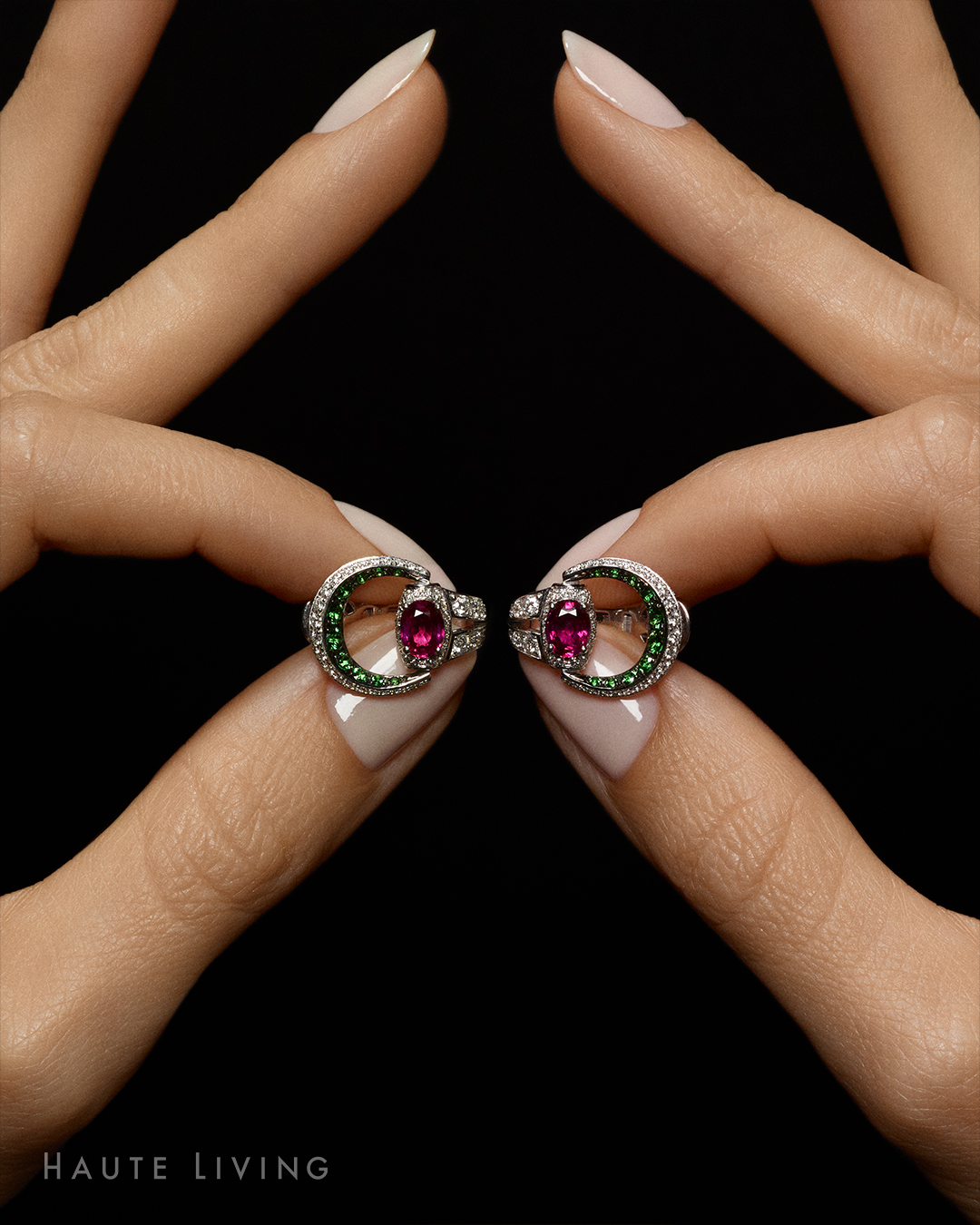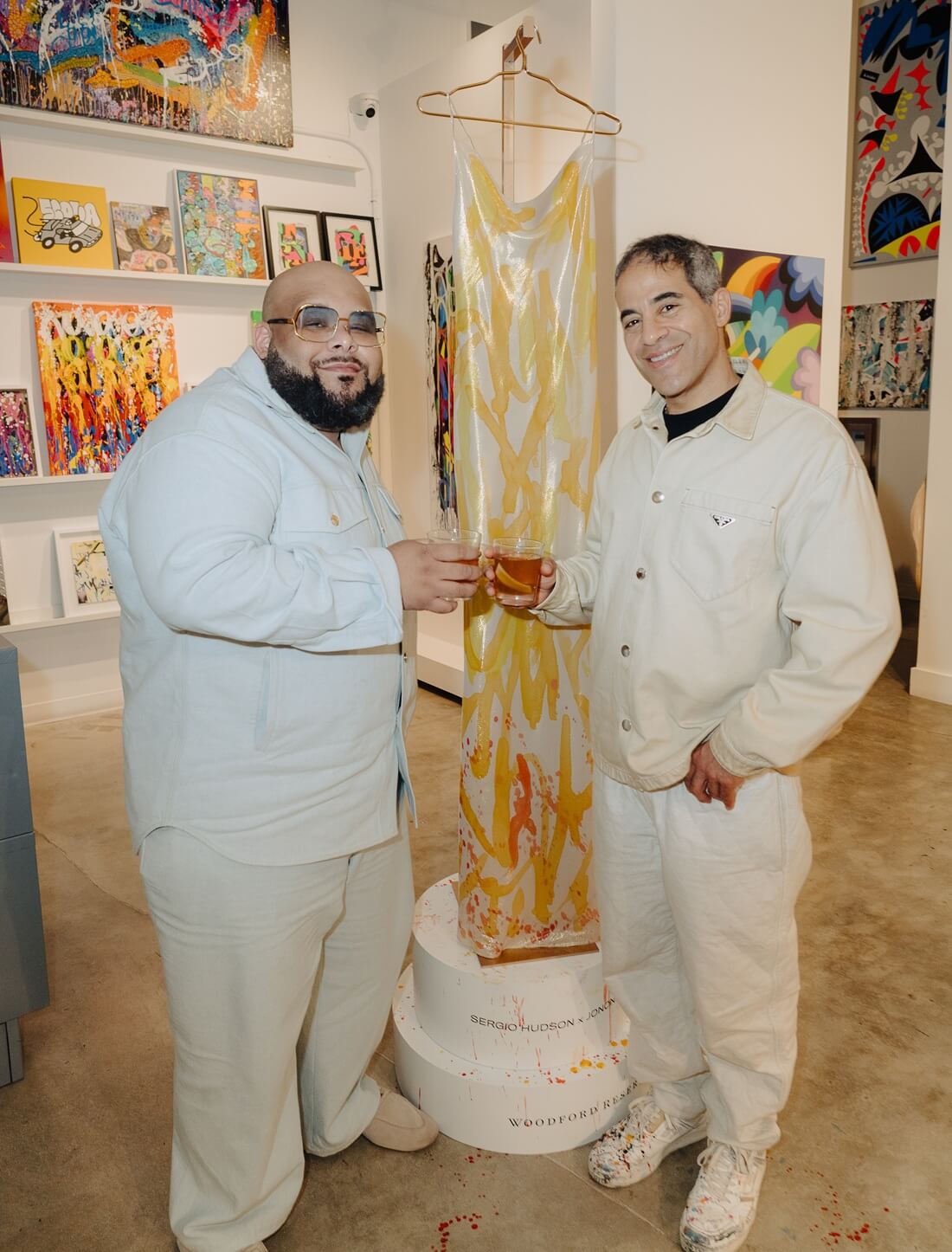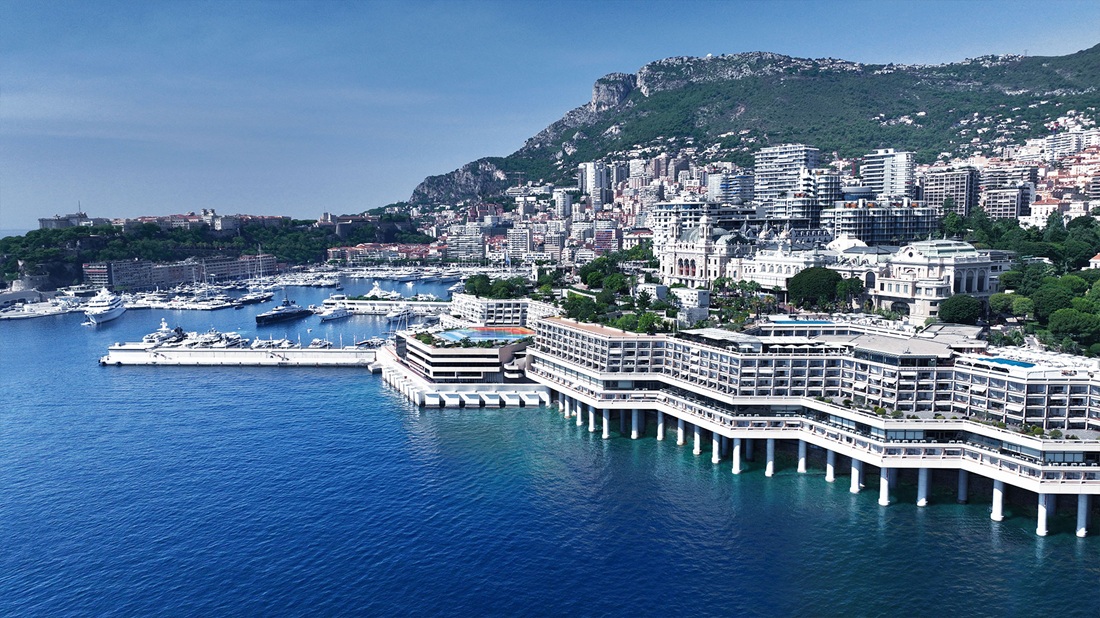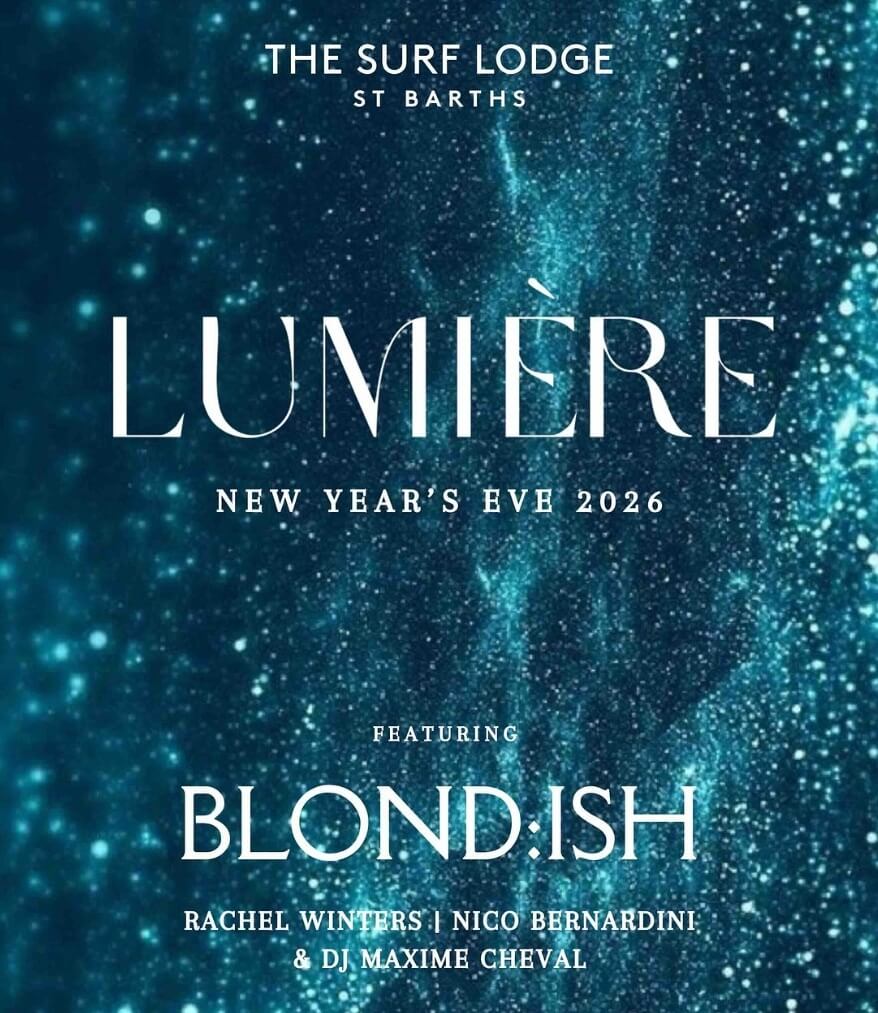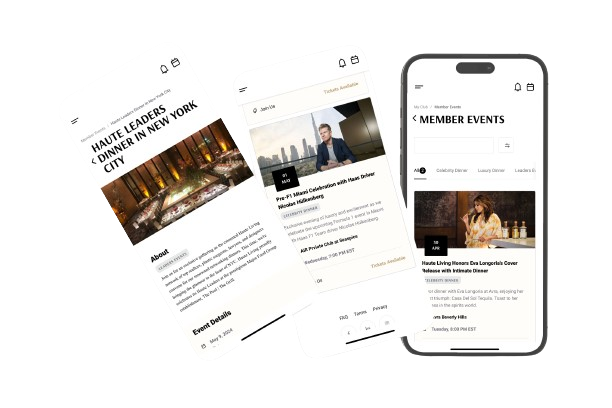Roger Federer Isn’t Done Making Career History
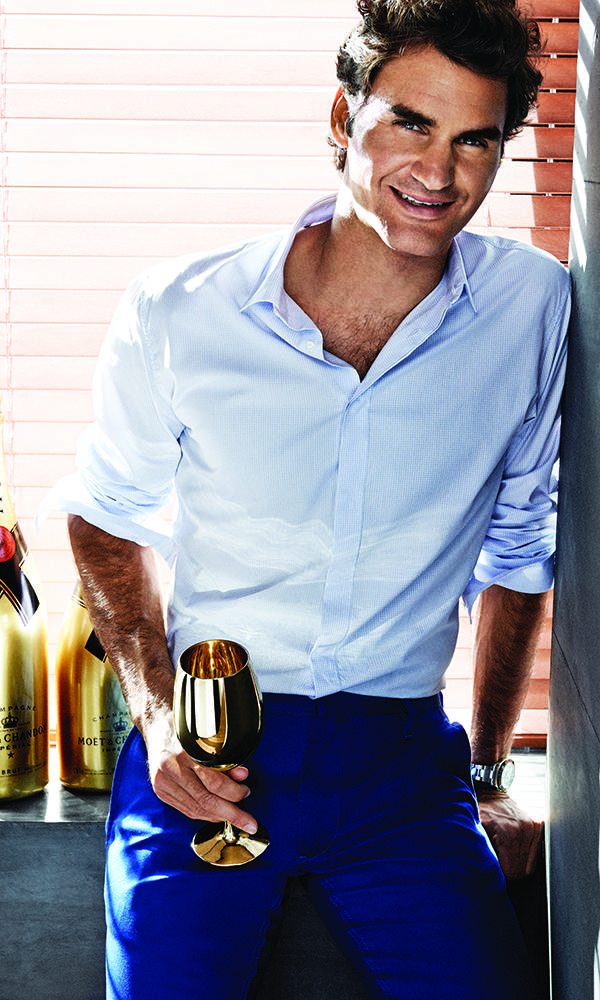
Roger Federer is a great loser.
That doesn’t mean he likes losing, or does it often—this Swiss tennis ace has made history several times over this year alone—he just happens to do so much more gracefully than most. Though his skill on the court speaks for itself—at present time, he’s the ATP’s (Association of Tennis Professionals) No. 2 ranked player—his sportsmanship alone has made him one of the true greats.
For example, after being eliminated from the 2015 Australian Open in the third round after a loss to Andreas Seppi, this one-time bad boy didn’t sulk—he celebrated. “When I lost, I actually toasted my opponent and was like, ‘Thanks for giving me more time off with my family,’” the 33-year-old athlete says with a smile. “It was a bit naughty I guess for me—a bit cheeky—but then, I also said ‘Thank you for more practice, because I guess I need to work on my game; otherwise I wouldn’t have lost in the third round!’”
Federer, who has been the Global Brand Ambassador for Moët & Chandon champagne since 2012, simulates raising a glass of bubbly and says, “[I said] ‘This is to my opponent who beat me today. I’m over it. Now, what’s the plan for the next four weeks?’ That’s how I felt then, and I’m glad that I get over losses very quickly today.”
That wasn’t always the case. In his early days, the tennis star would stomp, smash rackets, and pout; he wasn’t quite an enfant terrible, but he came close. As an adult, needless to say, he’s done a complete 180. His attitude about loss is now incredibly laissez-faire and—dare we say—almost Zen. He isn’t Yoda: he’s a guy who’s realized there’s more to life than winning.
“Sportsmanship on the court is very important,” he declares. “I do understand that once you’re gone, tennis moves on. Someone else will become the world number one; someone else will win the biggest tournaments out there. You hope that people might talk about you for a long time, but if they don’t, that’s cool too.
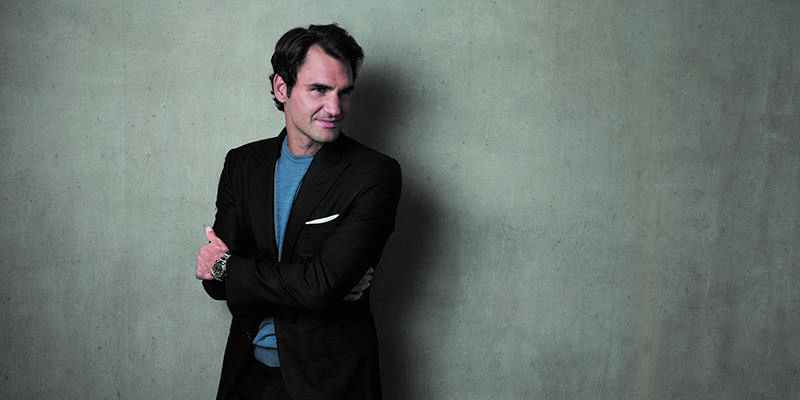
“I’m super-grateful to the former generation, who paved the way for me and gave me the platform that I’m playing on today,” he continues. “I hope that I can educate the future generation with my behavior on and off the court. Being disappointed is part of our sport—you get disappointed time and time again—but it’s very important to me that I try my best and that I can be a good sport.”
After losing to No. 1-ranked player Novak Djokovic at the recent BNP Paribas Open in Indian Wells in March following a three-setter match 6-3 6-7(5) 6-2, Federer clasped hands with his opponent, and walked off court with a smile. Losing was a bummer, but it happens. “I’m not going to look back on that match, on that moment very long,” he said after the March 22 tournament. “That will be forgotten probably in 25 minutes or so.”
Federer certainly sees other players as competition, but enjoys facing off against the best nevertheless: it ups his game and pushes him even harder to succeed. “You want to play your biggest rivals in the moment when you’re playing your best. That doesn’t always happen, unfortunately,” he notes. “Over the years I’ve enjoyed playing Djokovic and [Rafael] Nadal the most. Before that, I used to love playing against Andy Roddick and his generation of tennis players.”
He adds, “I like the challenge of playing the young generation that’s coming up, the generation still hanging around that are my age, and the generation of Nadal, Djokovic, and [Tomas] Berdych.” It doesn’t really matter who he’s playing, says Federer, because “at the end of the day, I just love playing tennis.”
The sport loves him right back; you need only look at his lengthy list of career achievements to see just how much. It’s a love-love relationship (not, of course, in scoring terms). He has 84 singles titles, 17 Grand Slams, eight doubles titles, two Olympic gold medals, and has spent the most weeks at number one (302) over any other player, the most consecutive weeks (247) at number one of the world rankings, and earned the most points at the end of the season in both rankings. This year he also made history after making his sixth finals appearance at the BNP Paribas Open, won his 84th career title at the Dubai Duty Free Tennis Championships in February, and became the third player in the Open Era to record a thousand tour-level wins after beating Milos Raonic in the final of the Brisbane International. He celebrated the latter as only an internationally beloved tennis star could—with a Moët & Chandon-hosted bash at the Four Seasons in Beverly Hills, playing mixed doubles with Avatar star Zoe Saldana, Private Practice actress Kate Walsh, and ESPN personality Jill Montgomery…with gold tennis balls, no less.
Though the 1,000-mark was a huge achievement, winning his first Wimbledon in 2003 is still the tennis star’s most significant milestone. “I saw Becker, Edberg and Sampras all win at Wimbledon many, many times, and I guess that was the tournament that I always wanted to play in. I dreamed of it. I fooled around saying, ‘I won at Wimbledon!’ and would fall to my knees in the backyard,” he recalls with a smile, recalling, “One day, all of a sudden, it happened for me.”
Most importantly, the big moment arrived while playing his personal hero. “It was my first time on center court, it was the first and only time I played against Sampras, who was my hero growing up, and I beat him 7-5 in the fifth set. I got lucky and played a great match—I couldn’t have played any better—and he probably didn’t play his best, but I was able to take advantage of it. He was going for his fifth Wimbledon, and one day, all of a sudden, I was able to win five in a row. We have the same amount of Wimbledon titles now; it’s an incredible feeling. It projected me onto the biggest stage of world tennis, and that match gave me the belief that if I could beat Sampras at Wimbledon, then I could beat anybody almost anywhere. It was a defining moment in my life.”
That win gave him the belief in himself to become the player he is today—arguably the best clay court competitor the game of tennis has ever seen.
It’s certainly true that, from that day forward, Federer has dominated on the court. In 2004, he won three Grand Slam singles titles for the first time in his career and became world No. 1; in 2006 he hardly lost any of the matches he played. In 2009, he took the French Open and Wimbledon, and so on.
Yet, as he got older, Federer’s priorities began to slowly shift. In 2009, he married former WTA player Mirka Vavrinec; that same year, she gave birth to identical twins Myla Rose and Charlene Riva, and in 2014, a set of twin boys, Leo and Lennart (Lenny). Though tennis had been his life, his family became his top priority.
“About five years ago, I decided that I needed to slow things down,” he admits. “I’m talking just a touch—not a whole lot—because I needed to keep that drive, and keep going. I decided to take it a bit easier, and make sure that when I did win, I took the time [to enjoy it]. That could be immediately right after match point or until I traveled to the next tournament. It could be making sure that we all got together at night—my family, team members, and the friends who came to support me—rather than saying, ‘Well, see you tomorrow.’ I’ve started to celebrate my friendships much more, and say thank you to people for their efforts and support. Even when I lose, I think it’s important to get together [with my friends and family] and say, ‘OK, what’s next? Let’s toast to it.’ I love winning tournaments, but I also love to travel, and to play in front of my fans in a new city. I see the bigger picture.”
That means less time practicing and less time in the public eye in general. “Today when I practice on the court, it’s more about quality than quantity. I have to become careful that I don’t over-train, become injured, and lose the fire; that’s not what I want to do. I clearly have sponsored appearances [in addition to Moet & Chandon, his sponsors include Rolex, Gillette, Credit Suisse, Jura, Lindt, Mercedes-Benz, Nike, Wilson, Sunrise and National Suisse], but I don’t do that many photo shoots anymore; I feel like I don’t need to.”
For a guy who’s been playing tennis most of his life—he was one of Switzerland’s top junior players by age 11, went pro as a teenager, and won his first Wimbledon at the age of 21—thinking about the end of his career is extremely difficult. Understandably, it isn’t something Federer likes to dwell on often, though he is aware, of course, that everything has a shelf life.
He speaks frankly about the topic of retirement; he doesn’t look or sound uncomfortable when discussing the right time to walk away; he is simply unaware of when that day might come. “Honestly I can only look at what other players have done. For some players, it’s very important to finish at the top. Some guys lose interest, or the traveling becomes too hard, or injury strikes and rehab becomes too difficult. Some people can’t accept it when they start dropping in the rankings. I don’t know which kind of guy I am,” he admits.
He then cites a conversation he had with his coach, former world No. 1 Stefan Edberg. “[Stefan] told me that [when he was thinking about retiring] he was going to play one more year, and he knew that was going to be the end. But he [also] said that everyone knowing he was going to retire one year later was an ordeal. He said that at every tournament he went to, he got the big goodbye and it drove him mad. I don’t know how I will do it, I really don’t.
“Maybe one day I’ll wake up and know how I want it to end,” he hypothesizes, declaring, “I don’t mind dropping in the rankings. As long as I think that I can be competitive at the top, it’s easier to keep playing, there’s no doubt about that.”
He firmly believes that thinking about the end will hinder his current progress, and so, as a general rule, he doesn’t. When that day comes, however, he’ll be fine with it: he’s had enough success to last him a lifetime.
“If I think too hard about what’s ahead, I’ll feel that the end is near with my career. I want to be careful of how far I think ahead, but I know the end is coming at some stage and I’m totally OK with that because my career has been unbelievable,” he says. “I think as an athlete, you’re always aware that injury can strike, and that can be it. I think for that reason you need to be OK with that happening, because you can get unlucky and that’s it. I want to be very open and in the moment and let my career run its course.”
Federer wouldn’t be the man he is without a game plan for the future, of course. He’s been fortunate enough to work with brands like Rolex, and has picked up strategies along the way that could propel him forward in a business arena. “Hopefully I’ll be based in Switzerland and be involved with tennis in some shape or form. I love the business side of things; I’ve always loved being involved with what’s going on in my life and with my partners. I’ve gotten unbelievably close with my sponsors and met a lot of very interesting people,” he says, one of whom includes Anna Wintour. Despite his friendship with Vogue’s Editor-in-Chief, he immediately dismisses the thought of doing something in fashion with a resounding “Ugh!”
In the same breath, he changes his mind. “I definitely love my suits and my Nike [tennis] outfits,” he says thoughtfully. “Having the Roger Federer logo within a Nike brand has been very cool for me over the last eight years. Who knows where that’s going to take me? Definitely having friends like Anna has been very, very nice.”
One thing he’s absolutely sure of for the future is that he’ll be working much more closely with the nonprofit organization he founded in 2003, the Roger Federer Foundation, which helps disadvantaged children and offers them access to education and sports. He is hands-on with the charity, enough so that he’s been named the Arthur Ashe Humanitarian of the Year twice, in 2006 and 2013, respectively.
For Federer, giving back is a prerequisite for someone in the public eye, and he urges those with a voice to use their fame for good. “Honestly, I think that if you’re successful—in whatever field—and you have the power of the microphone or the spotlight, and you can inspire and generate money, you have to give back,” he says, noting, “It’s something you’ve got to do and have fun doing. I’m happy I started so early with my foundation. It’s unbelievable how far we’ve come and I still feel as if we’re only in the beginning stages!”
He maintains that his dedication to charitable acts started very early in life. When he was a child, his mother, Lynette, showed him the impoverished places in South Africa, where she was born. “I did see quite a bit of poverty growing up, and I always felt that if I could go back to South Africa on vacation or by virtue of the foundation, [that I could make a difference]. My foundation [gives] kids a more quality education; we work in about eight countries now, and want to touch one million kids by 2018. We have big goals.”
While he has extensive aspirations for his charity, personally, his plans are pretty simple. “When it’s all over, maybe I’ll take a long time off, or maybe I’ll just spend one week on the couch and say ‘OK, what can we do next?’ I want to drive my kids to school and be there for them and educate them.”
Federer doesn’t ask a lot, but he does have specifics when it comes to his legacy. “I just want people [to] talk about me [and say] that I was good for the game, that I brought more fans to the game, that I represented the sport well, that they enjoyed watching me. I would like parents to say that I was a good role model for their kids; that they’ll tell their kids, ‘Try to play like him—try to be like him, because he’s a good guy.’”
Roger that.
ROGER FEDERER: AN MVP in BRANDING
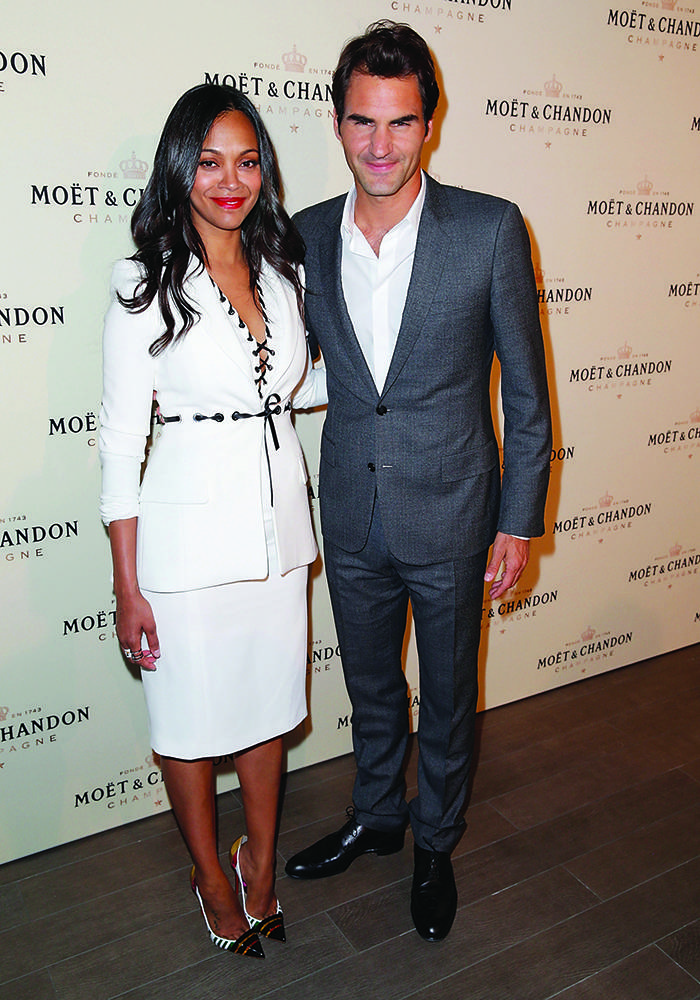
Roger Federer has one of the most valuable brands in current sports history with a portfolio of over ten sponsors. Here, the Swiss star gives us the lowdown on a few of his top endorsements.
• Moët & CHANDON When I look at Moët—at what [the brand does], how it works in details and hopes for that year to [emerge] the grand vintage—I look at back at my own career and I see that I’ve had some great years as well. That’s where I see the connection. You can’t have a great year every single year, but what you sure can do is try your very best, and that’s what they do. For certain things there are similarities. With the grand vintage, there is a connection to some of my great years for sure: 2004 and 2006 were great vintages for Moët. In 2004, I became world No. 1, and in 2006 I hardly lost any matches. It’s nice to feel that kind of connection to this brand.
• ROLEX Thankfully and luckily I signed a Rolex deal at 17 years old; that’s how I got into the whole watch industry. Obviously, [it was a natural fit] being from Switzerland and being around all the watchmakers; it’s been very cool. Over the years I’ve been able to have a great collection, and I’m very thankful for that. I keep [my watches] safe and keep changing them all the time because I have so many nice ones that I want to keep seeing them!
• NIKE “I love my Nike [tennis] outfits. Having the Roger Federer logo within a Nike brand has been very cool for me over the last eight years.” (The brand recently released Federer’s clay court season apparel, which includes a light blue shirt and green jacket with grey shorts; its shoes will match the light blue and grey shades found in his apparel.)

